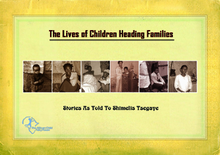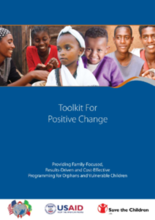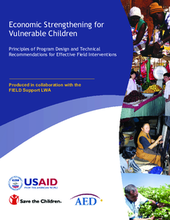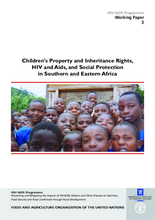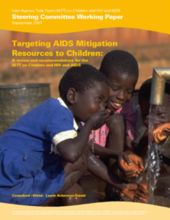Displaying 61 - 70 of 86
This article is based on information collected about the situation of double orphans who are heading households in Rakai District, Uganda.
This study explored the experiences of orphaned children who specifically take on the role of being both mother and father to their siblings.
This paper shares the philosophy and key components of the African development initiative Giving Hope that works with youth caregivers through an asset-based empowerment methodology. The approach facilitates the restoration of youth caregivers’ sense of self, belonging, power, and collective responsibility.
Highlights successes and lessons learned from the PC3 Program. Serves as a companion piece to the Toolkit for Positive Change
Developed while researching child-headed households in five Ethiopian towns and their rural surroundings, this book presents the experiences and stories of individual child household heads.
Documents the strategies of The Positive Change: Children, Communities and Care (PC3) Program - a five-year (2004-2009) integrated and comprehensive program designed to provide care and support to more than half a million orphaned and vulnerable children and their families throughout the country of Ethiopia.
Provides principles of program design and technical recommendations for effective field interventions
Data and analysis on trends of child vulnerability due to parental migration for employment
Discusses the bi-directional relationship between HIV/AIDS and agriculture, food security, and rural livelihoods, including the relationship between HIV/AIDS and children’s property and inheritance rights
Evaluates AIDS mitigation and targeting with child sensitive objectives and global guidance





